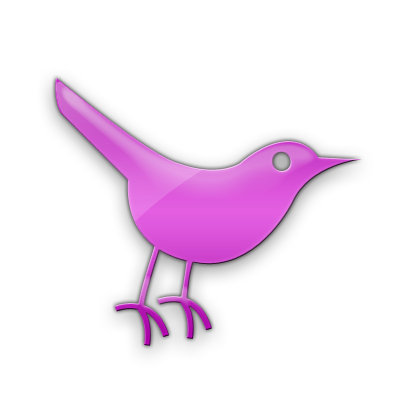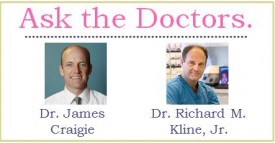 The below question is answered by Charleston breast surgeon, Dr. Richard M. Kline, Jr. of The Center for Natural Breast Reconstruction:
The below question is answered by Charleston breast surgeon, Dr. Richard M. Kline, Jr. of The Center for Natural Breast Reconstruction:
What potential issues should I be watching for right after having DIEP flap breast reconstruction?
I am going to split the answer for this into two parts. First, what you should watch for while you are in the hospital (at which time you will, of course, have lots of help watching for things). Second, what should you watch for when you go home?
When you are in the hospital, we primarily look for changes in the vascular status of the flap. There are monitors attached to the flap which will within seconds pick up any change in the blood flow to the flap. If on further evaluation by the nurses, it shows that there is a problem, we will take you back to surgery immediately and attempt to correct the problem. Fortunately, incidents such as these are rare, but if they do occur. We have learned that the most important factor is to get to the operating room quickly, in which case we can almost always fix whatever might be wrong.
Thankfully, it is unbelievably rare to have a problem with the blood flow to the flap after going home, although it is not impossible. Your primary concern should be to follow the specific directions which we have given in terms of positioning and brassiere support. Most patients still have temperature monitoring strips attach to the flap, and this can serve as useful reassurance to let you know that your flap is fine. Infections are extremely rare after DIEP flap surgery, but they can occur either at the reconstruction site or at the abdominal donor site. Wound healing problems are not as rare as infections but may occur. If you are not radiated, the most likely place to have a wound healing problem is your abdomen. If you are radiated, it is very common to have a little bit of a wound healing problem where the healthy flap tissue meets the radiated breast skin. Essentially all wound healing problems can be managed very effectively, so it is not something you need to worry about.
Share this post with friends and family on twitter or facebook. Do you have a question for our surgical team? Submit them here!






Hi, I had a DIEP flap on both breasts 9 years ago, and I am now getting a strong robbing sensation which wakes me up at night several times. Sounds bizarre, but it’s very uncomfortable! My surgeon has no idea and I can’t find a ref. to such an issue.
Also, my one breast is now only about half the size of the other-is it possible to add fat again to improve the look? Don’t know why there is now such a difference. Any comments would be really helpful. Thanks!
Thanks for your question! Is the painful side the same side that has gotten smaller? Also are there any hard lumps on that side? Since your DIEP was 9 years ago it should definitely not be painful at this point. If you have been evaluated by your doctors the next step may be an MRI. That would determine if all the tissue is healthy. Since the DIEP breast is living tissue it should change with you and if you lose weight it could get smaller but that should occur in both breasts. It should also not dramatically change the breast size. If part of the DIEP was not healthy and there was fat necrosis then as your body slowly dissolves the dead fatty tissue the breast could get smaller.
It is possible to add fat to a DIEP breast to “improve the look”. The procedure is called fat grafting. This is performed like liposuction and the fat is carefully prepared and can be injected into the new breast to increase the size. The results are good but the amount of fat that survives is variable. The procedure may need to be repeated if more fat is needed.
Thanks again for your question and let me know if there is anything further I can do to answer your questions.
– Dr. Craigie